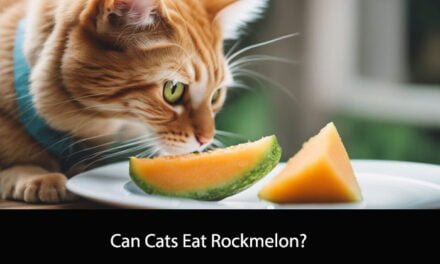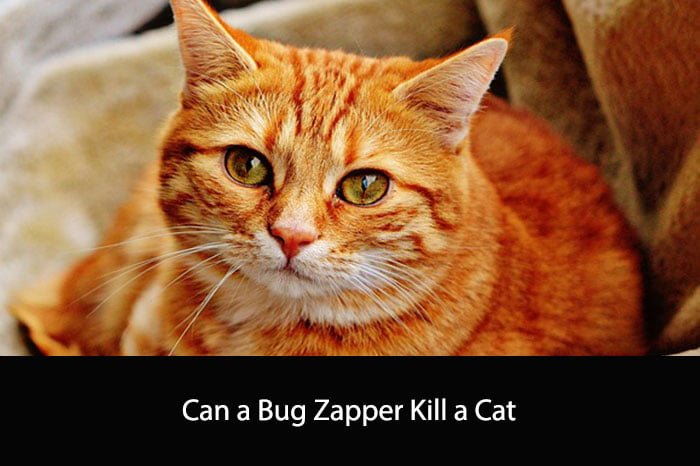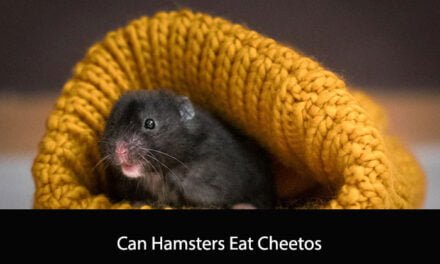Baby leopard geckos are adorable creatures that require a balanced diet to thrive. One of the primary concerns of any leopard gecko owner is whether their pet can eat big crickets. While adult leopard geckos can consume larger prey, baby leopard geckos have different nutritional requirements and limitations.
As a responsible pet owner, it is crucial to provide your baby leopard gecko with a diet that meets their nutritional needs. Feeding them the wrong food or inappropriate prey size can result in health issues such as impaction, malnourishment, and even death. Therefore, it’s essential to understand what baby leopard geckos can and cannot eat, especially when it comes to big crickets.
In this article, we will explore the topic of whether baby leopard geckos can eat big crickets. We’ll cover the nutritional requirements of baby leopard geckos, the appropriate prey size for them, and whether big crickets are a suitable food source. By the end of this article, you’ll have a clear understanding of what to feed your baby leopard gecko and how to ensure their optimal health and well-being.
Understanding Leopard Gecko Dietary Needs

Leopard geckos are insectivores, which means they rely on a diet of insects to meet their nutritional needs. As responsible pet owners, it is our duty to ensure that our geckos receive a balanced and appropriate diet to maintain their health and well-being.
Nutritional Requirements
Leopard geckos require a diet that is high in protein, moderate in fat, and low in carbohydrates. In the wild, they primarily feed on insects such as crickets, mealworms, and waxworms. However, it is important to note that not all insects are created equal when it comes to their nutritional value.
For example, crickets are a great source of protein and fiber, but they also have a high ratio of phosphorus to calcium. This can lead to calcium deficiency in leopard geckos, which can cause health problems such as metabolic bone disease. To avoid this, it is important to provide a calcium supplement to your gecko’s diet.
Prey Size Considerations
When it comes to feeding leopard geckos, the size of the prey is an important consideration. Baby leopard geckos should be fed smaller insects such as pinhead crickets or small mealworms. As they grow, the size of the prey can be increased accordingly.
It is important to never feed your gecko insects that are larger than the space between their eyes. This can lead to impaction, which is a potentially life-threatening condition where the gecko’s digestive system becomes blocked.
In conclusion, understanding the nutritional requirements and prey size considerations of leopard geckos is crucial for their health and well-being. By providing a balanced and appropriate diet, we can ensure that our geckos live long and healthy lives.
Feeding Baby Leopard Geckos
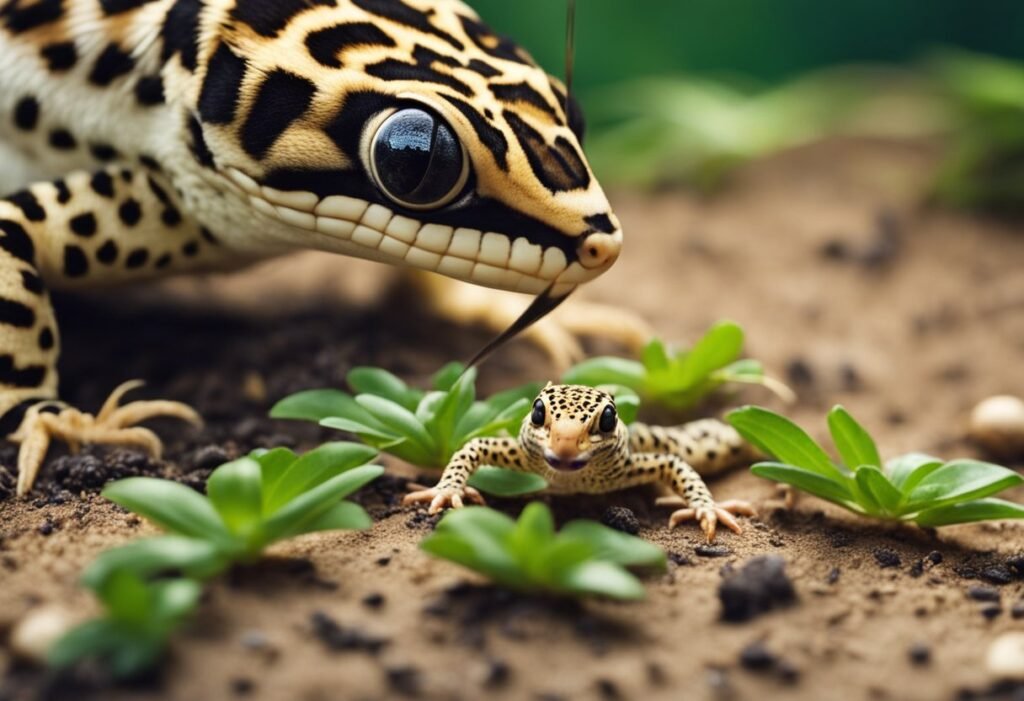
As with any animal, proper nutrition is essential for the growth and development of baby leopard geckos. In this section, we will discuss appropriate prey for juveniles as well as feeding frequency and amount.
Appropriate Prey for Juveniles
When it comes to feeding baby leopard geckos, it is important to provide them with appropriately sized prey. For young geckos, small crickets or mealworms are ideal. As they grow, the size of the prey can be increased.
It is important to note that baby leopard geckos should not be fed large crickets or other prey that is too big for them to handle. This can lead to choking or other health issues. Stick to small prey that is easy for them to catch and consume.
Feeding Frequency and Amount
Baby leopard geckos should be fed every day or every other day. It is important not to overfeed them, as this can lead to obesity and other health issues.
When feeding, offer a few small crickets or mealworms at a time. As they grow, the amount of prey can be increased. It is important to observe your gecko and adjust the amount of food accordingly. If they are consistently leaving prey uneaten, you may be offering too much.
In summary, when feeding baby leopard geckos, it is important to provide them with appropriately sized prey and to feed them in moderation. By following these guidelines, you can ensure that your gecko grows up healthy and strong.
Big Crickets as Prey

When it comes to feeding baby leopard geckos, it is important to offer appropriately sized prey items. While small crickets may be suitable for younger geckos, it is natural to wonder if baby leopard geckos can eat big crickets. Here, we will discuss the risks of feeding large crickets and how to safely offer them to your gecko.
Risks of Feeding Large Crickets
Feeding baby leopard geckos large crickets can pose a few risks. Firstly, large crickets may be difficult for younger geckos to digest. This can lead to digestive issues such as impaction, which can be fatal if left untreated. Additionally, large crickets may be too difficult for baby geckos to catch and consume, which can lead to stress and a lack of appetite.
How to Safely Offer Big Crickets
If you decide to offer big crickets to your baby leopard gecko, it is important to do so safely. One way to reduce the risk of digestive issues is to offer gut-loaded crickets. This means that the crickets have been fed a nutritious diet before being offered to your gecko. Additionally, it is important to ensure that the crickets are appropriately sized for your gecko. A good rule of thumb is to offer prey items that are no larger than the space between your gecko’s eyes.
To make it easier for your gecko to catch and consume the crickets, you can consider using feeding tongs or placing the crickets in a shallow dish. This can also reduce the risk of stress and a lack of appetite.
In conclusion, while feeding baby leopard geckos big crickets may pose some risks, it can be done safely with proper precautions. By offering gut-loaded crickets and appropriately sized prey items, you can provide your gecko with a varied and nutritious diet.
Health and Safety
Choking Hazards
When feeding baby leopard geckos, it is important to ensure that the size of the prey is appropriate for their size. Big crickets can pose a choking hazard for baby leopard geckos if they are too large. It is recommended to feed baby leopard geckos crickets that are no larger than the width of their head. This will help to prevent any potential choking incidents.
Digestive Health
In addition to choking hazards, feeding baby leopard geckos big crickets can also have an impact on their digestive health. If the prey is too large, it may not be properly digested, leading to digestive issues. It is important to monitor their digestive health and ensure that they are passing stool regularly. If you notice any signs of constipation or other digestive issues, it may be necessary to adjust their feeding schedule or prey size.
To ensure the health and safety of baby leopard geckos, it is important to pay close attention to the size of the prey being fed. By following these guidelines and monitoring their digestive health, we can help to ensure that they are healthy and thriving.
Alternative Food Options
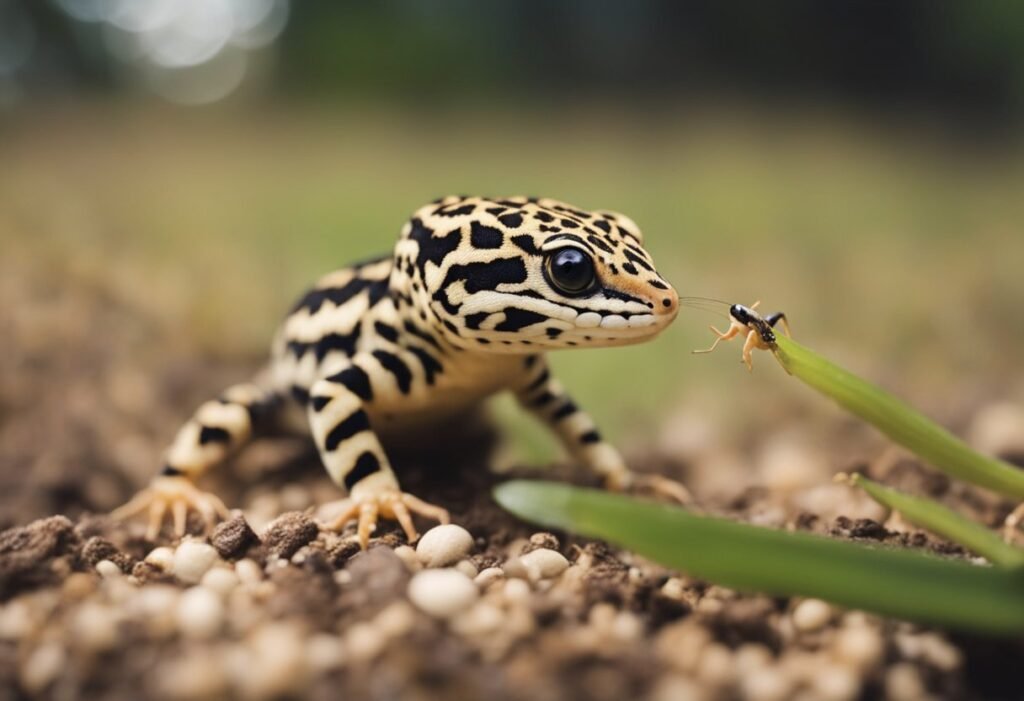
Variety in Diet
While crickets are a staple in a leopard gecko’s diet, it is essential to provide them with a varied diet to ensure they receive all the necessary nutrients. Feeding them a single type of food can lead to nutritional deficiencies and health problems.
In addition to crickets, baby leopard geckos can also eat mealworms, waxworms, and superworms. These insects provide a different texture and flavor that can help stimulate their appetite. It is important to note that mealworms should be fed in moderation as they have a hard exoskeleton that can be difficult for leopard geckos to digest.
Another option for adding variety to their diet is by offering them small pieces of fruits and vegetables. Some suitable options include diced carrots, sweet potato, and apple. It is important to note that fruits and vegetables should be offered sparingly as they are not a significant part of their diet.
Supplemental Nutrition
While feeding your baby leopard gecko a varied diet is crucial, it is also essential to provide them with supplemental nutrition. Calcium and vitamin D3 are two essential nutrients that are necessary for their growth and development.
Leopard geckos require calcium to maintain strong bones and teeth. Without adequate calcium, they can develop metabolic bone disease, which can lead to deformities and other health issues. Dusting their food with calcium powder is an easy way to ensure they receive enough calcium.
Vitamin D3 is necessary for calcium absorption and metabolism. Leopard geckos can produce their vitamin D3 by exposing themselves to UVB light. Providing them with a UVB bulb in their enclosure can help ensure they receive enough vitamin D3.
In conclusion, offering your baby leopard gecko a varied diet that includes different insects and occasional fruits and vegetables can help ensure they receive all the necessary nutrients. Additionally, providing them with supplemental nutrition can help prevent health issues and promote their growth and development.
Frequently Asked Questions
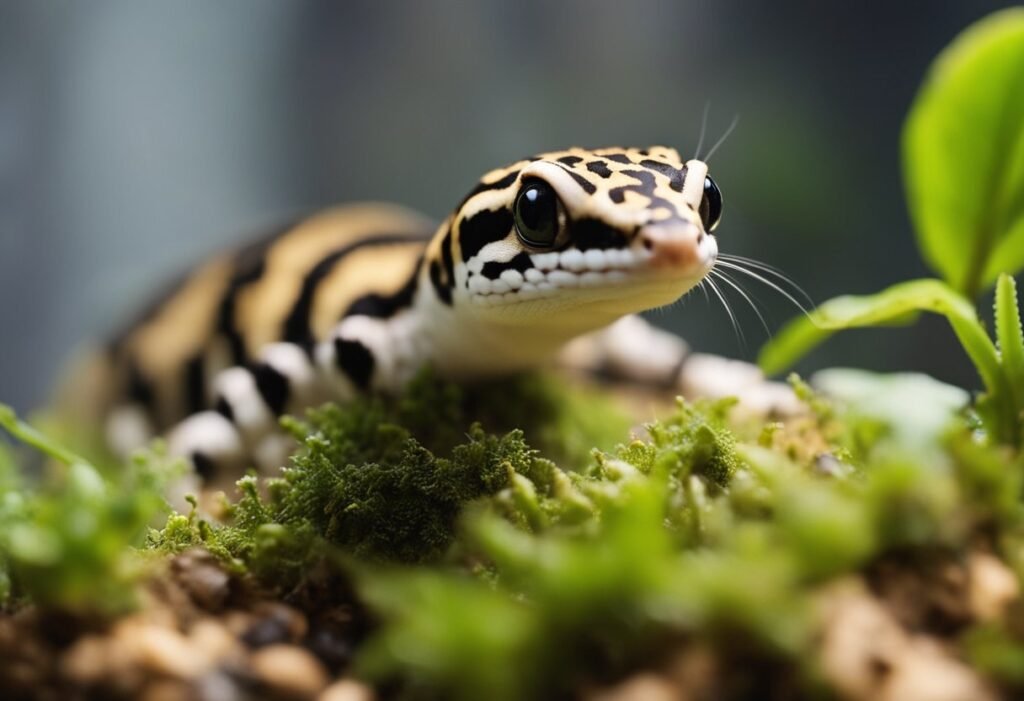
What is the appropriate size of crickets for baby leopard geckos?
Baby leopard geckos should be fed small crickets that are no larger than the width of their head. It is important to avoid feeding them crickets that are too big as they may cause digestive issues and impact their overall health.
How often should baby leopard geckos be fed crickets?
Baby leopard geckos should be fed every day or every other day. It is important to monitor their weight and adjust their feeding schedule accordingly.
Can overfeeding crickets harm baby leopard geckos?
Yes, overfeeding crickets can harm baby leopard geckos. It can lead to obesity, digestive issues, and other health problems. It is important to provide them with the appropriate amount of food and monitor their weight regularly.
Are there any risks associated with feeding leopard geckos live crickets?
There are some risks associated with feeding leopard geckos live crickets. Live crickets can carry parasites or diseases that can be harmful to your gecko. It is important to purchase crickets from a reputable source and to check them for any signs of illness before feeding them to your gecko.
What alternatives to crickets can be offered to baby leopard geckos?
Baby leopard geckos can also be fed mealworms, waxworms, or small roaches as an alternative to crickets. It is important to vary their diet and provide them with a balanced mix of protein, fat, and calcium.
How does the diet of baby leopard geckos differ from adult leopard geckos?
Baby leopard geckos require a higher protein and fat content in their diet compared to adult leopard geckos. They also require more frequent feedings. As they grow and mature, their diet should be adjusted accordingly to meet their changing nutritional needs.


